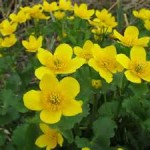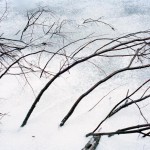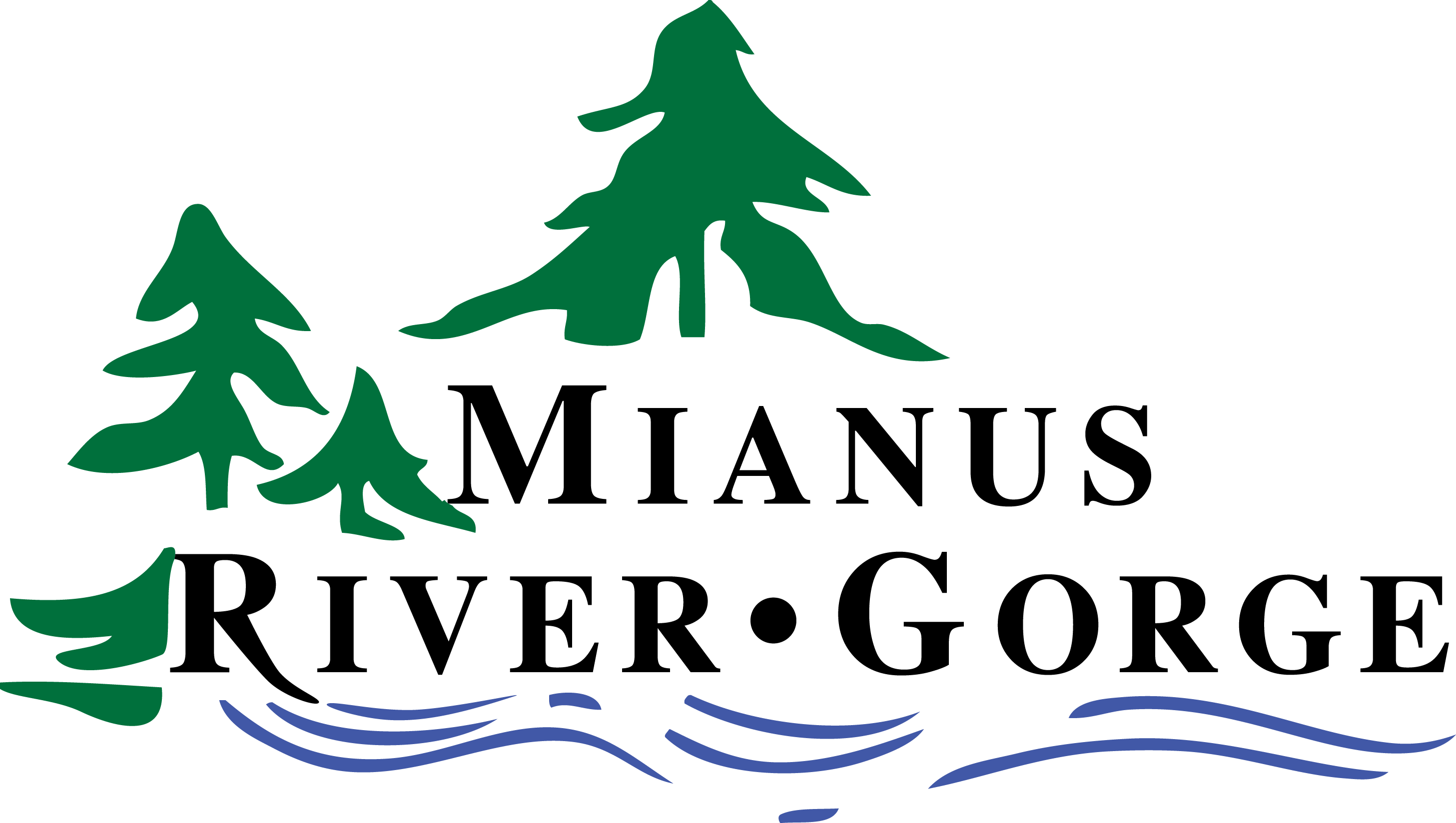What We’re Working on this Winter …
Executive Director Rod Christie is always thinking about land conservation and protection in and around the Mianus River Watershed. This winter, two conservation easements added nine more acres to the land we protect and another 14 acres will be added in February through donations and acquisitions. Rod continues to work with other land owners, donors, and community partners to facilitate the purchase or gift of land and/or conservation easements, and hopes to have more good news on that front in the very near future.

At the same time, Rod is particularly excited about the success of MRG’s wildflower restoration project. In 2016, MRG transformed an existing garden into a native species nursery with hopes of growing wildflower species from seed. It worked! With the help of staff and student interns, Rod collected, sorted, and planted seeds from Trillium, Columbine, Dutchman’s Britches, and other now rare wildflower species into the raised beds built by a local scout troop. This winter, we are building ten more raised beds in anticipation of growing additional species of wildflowers, herbaceous plants, and even shrubs. These native species will be re-introduced in the Gorge, especially where invasive species have been removed.

Speaking of invasive species, MRG was awarded a NYS DEC grant for “Rapid Response & Control of Invasive Species” in the old-growth forest. Director of Land Management, Budd Veverka, is strategically planning the removal of Japanese barberry, Mile-a-minute vine, phragmites, and Japanese stiltgrass, to name a few. He’s presently lining up volunteer work days and scheduling the Invasive Task Crew (from Partnership for Regional Invasive Species Management, or PRISM) to help with this monumental task.

With black bears being a hot topic in the area, Budd also has delivered several talks about MRG’s on-going Bear Study. MRG and several partner organizations–through the use of remote camera traps and public reports–are documenting spring bear activity. This information will help us map areas most likely to be corridors for black bear movement and see where potential interactions and conflict could be greatest. This information will be used to educate people about how to safely co-exist with black bears, allowing for positive interactions and limiting conflict.
We’ve also been trying to build our wildlife camera inventory to support the expansion of the Gotham Coyote Project (GCP) onto Long Island. And, as part of MRG’s Wildlife & Habitat Consultations, we’ve installed cameras on some properties so owners might catch a glimpse of coyotes, foxes, bobcats, and other wildlife passing through their yards. MRG scientists are available to visit your property, too, to answer your questions or concerns and offer advice on a variety of topics including: plant and animal identification; wildlife management; natural history; invasive species; woodland, field and pond management solutions; and more.
Director of Research & Education Chris Nagy has been interviewing area high school students for MRG’s award-winning Wildlife Technician Program (WTP). WPT students start in their sophomore year and work with MRG staff on a relevant project in applied ecology research that benefits both the Gorge and the students by enhancing their academic experience. Chris is preparing the application for MRG’s next cohort of summer interns for the College Internship in Suburban Ecology (CISE) program. As always, we anticipate an impressive applicant pool and continue to be impressed by the students we ultimately select.

Winter weather that keeps us indoors more than we’d like is the perfect time for planning board meetings, workshops, talks, and for devoting time and attention to the regional work MRG does with the Hudson to Housatonic Regional Conservation Partnership, (H2H RCP), Environmental Monitoring and Management Alliance (EMMA), Partnership for Regional Invasive Species Management (PRISM), and Bedford2020 Land and Water Taskforce, to name a few.
Finally, we have been planning a series of public walks for throughout the year, including the popular Owl Walk, Tree ID, and several walks highlighting property protected by Mianus River Gorge open to the public by guided tour only. Further details and the 2018 calendar of events will be available in February.
Enjoy the rest of you winter, and we’ll look forward to seeing you in the spring!
Your donation to Mianus River Gorge helps us fulfill our mission to preserve, protect and promote appreciation of the natural heritage of the Mianus River watershed through land acquisition and conservation, scientific research and public education throughout the region. To donate, please click here or send your check to 167 Mianus River Rd., Bedford, NY 10506. Thank you!
